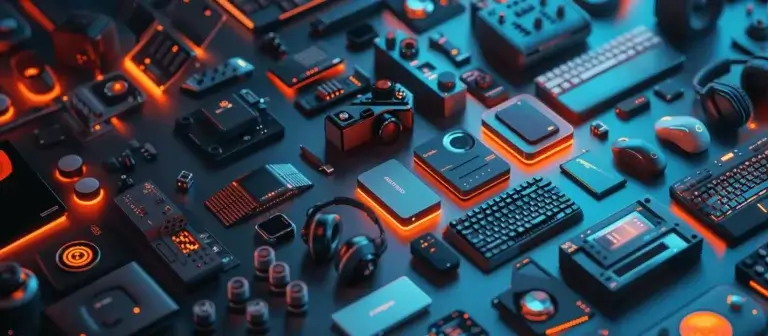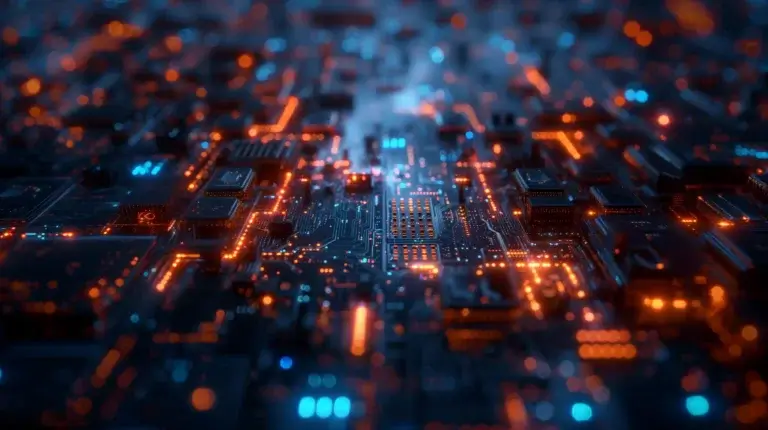ByteSnap Electronics Industry Predictions for 2021
The challenges of 2020 also tested economies and supply chains and will reverberate well into this year. So what trends are most likely to dominate the electronics industry in 2021? Our engineering consultants have been reflecting on the tech year ahead…
1. Growth in COVID-accelerated Medical Tech
In response to COVID there will be development into consumer medical devices next year. Smart watches may be able to monitor for illnesses as well as fitness, e.g. being able to detect an increase in body temperature.
Smart watches will also be upgraded to incorporate features of the NHS COVID app, such as automatic contact tracing.
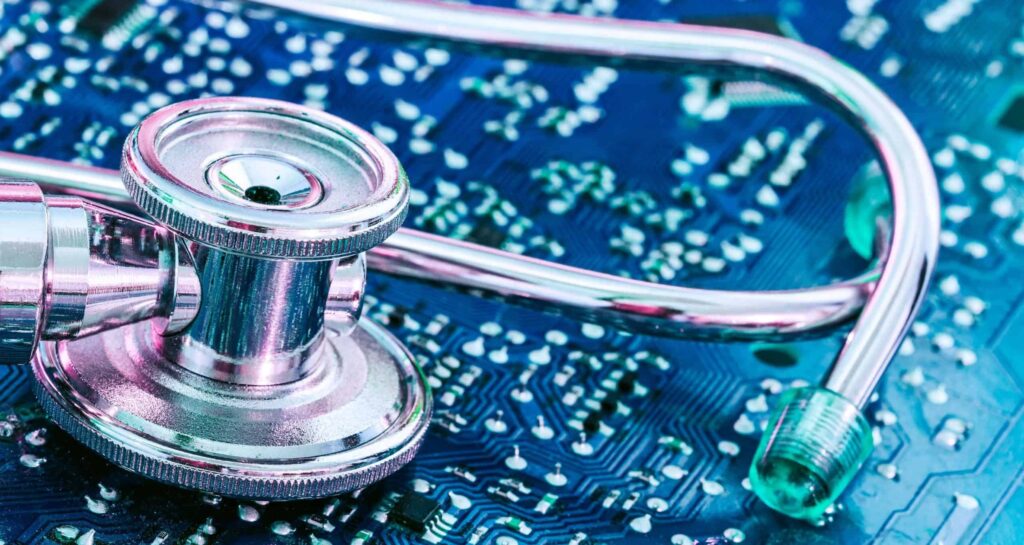
2. Advances in Social Care / Home Care Technology
The home care market is due for an explosion in 2021. With care homes seeing inflation-busting fee increases in recent years and concerns over infection control during lockdownthere are many reasons why some senior citizens want to stay in their own homes for as long as possible. Making sure elderly people are safe in their homes is very important for families – and technology to unobtrusively monitor and provide emergency response is expected to grow rapidly in 2021.
3. Machine Learning to fuel growth in Connected Health
Connected health: it’s become flavour of the month. We can see a lot of projects over the next 12 months being related to an increase in remote diagnostics of illnesses, measuring everything from temperature through to falls. We anticipate greater deployment of machine learning across connected health as well.
4. Wider deployment of Gesture Recognition Technology
Gesture Recognition is the safety lead from a hygiene point of view with COVID, as – particularly early on in the pandemic – there was concern about the virus contaminating surfaces. So, we predict that in 2021, we will see more systems and devices being developed to allow people to use gestures instead of touchscreens.
Supporting technologies to drive this acceleration of gesture recognition technology are likely to include optical systems, or capacitive touch type sensors. For instance, Microchip has a 3D gesture recognition chip. We can also see people using low cost cameras and machine learning to build these gesture-activated systems.
5. Volume to increase on speech recognition
Greater expansion into speech recognition systems we predict will go hand in hand with the rise of gesture recognition tech next year. We’re already using speech to trigger our personal touch screens, and smart phones for example. But during 2021 we should see more speech activated systems appearing in public spaces – a further move away from devices and systems that require touch.
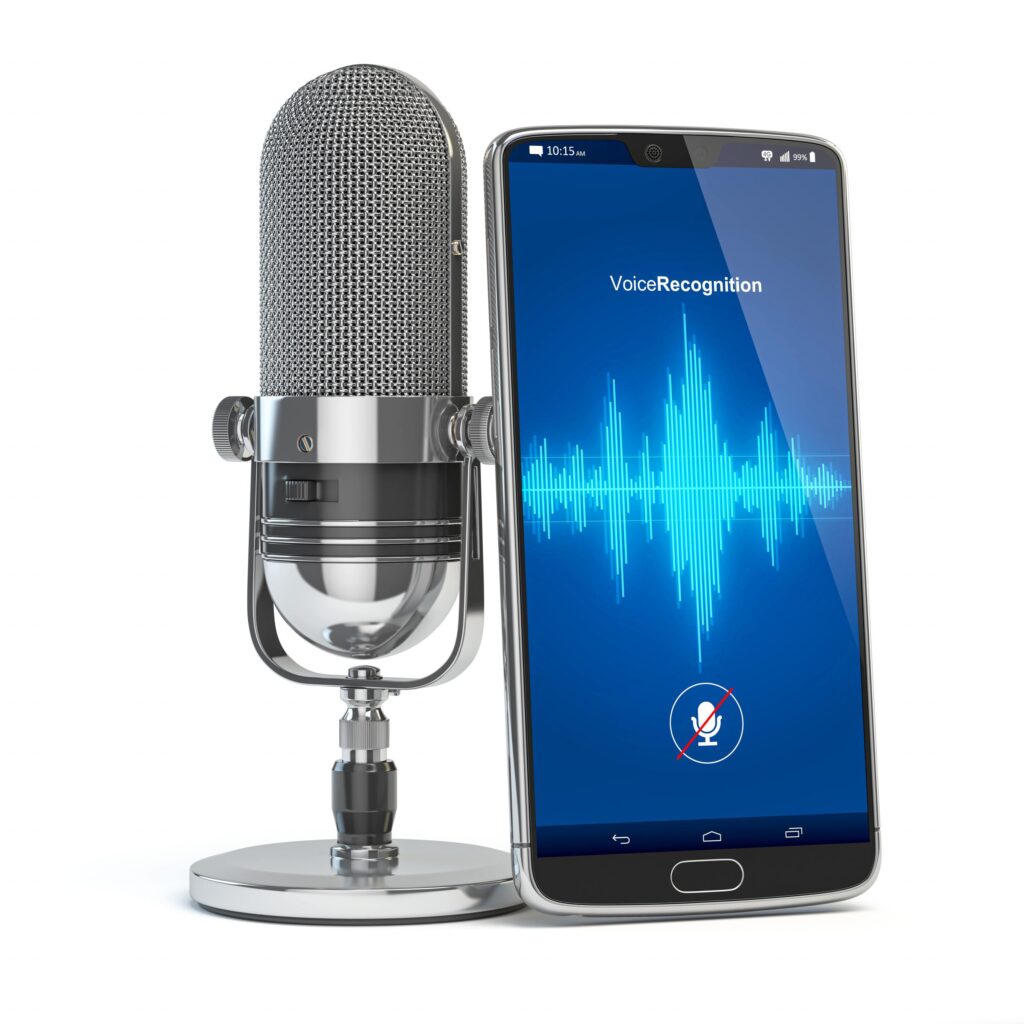
6. Component Supply Crunch
The global pandemic resulted in a lot of factory downtime worldwide. Consequently, demand slowed down as well. However, orders spiked again – aggressively – and stock levels haven’t recovered enough to keep pace with demand.
Some distributors have already issued Q4 warnings to their customers on various parts. 2021 could bear witness to a global component supply crunch, so it may be prudent to implement extra planning to protect project timelines and budgets.
7. Improved Remote Working Solutions
With 2020 being a defining year for remote working, growth in remote working solutions is a certainty for 2021 – for example, significant upgrades will be seen in teleconferencing software, such as smoother video generated by AI
Also, improvements to noise cancellation in calls as well as more comfortable/smaller headsets.
8. Smart home gym equipment set to expand
As a result of the home workout market increasing we should experience growth in smart workout assistants next year. These would include “AI” systems which could deliver a more personalised workout to suit your goals, as well as using cameras to analyse posture during workouts to ensure they are being done safely and correctly. This would also tie into the improvements in teleconferencing as more online classes are being done.
9. Laptops Market (ARM) Race to Heat Up
ARM is still making a big play to try and be taken seriously in the desktop world, and with Apple’s Mac laptops shifting to ARM processors there is a very good chance that it could happen. Adobe has already committed to upgrading their software suite to run natively on ARM and most MS Office apps are already supported due to their Surface X.
If they succeed then that might just be a compelling enough line-up for ARM to make a break in the mid-range laptop markets perfectly targeting students and the general-purpose laptop user, though it’s unlikely they’d be considered for heavy workloads like CAD, gaming or video editing anytime soon.
10. Smart Homes to continue to increase its appeal
Smart Homes for security, heating, lighting etc… and smart plugs and meters for utilities will become even more popular in the next year, with the focus on climate change and managing energy; this data and control will become more appealing to consumers and governments. And the fact that people have been at home more this year, may have people time to ponder on greater use of home energy use and automation.
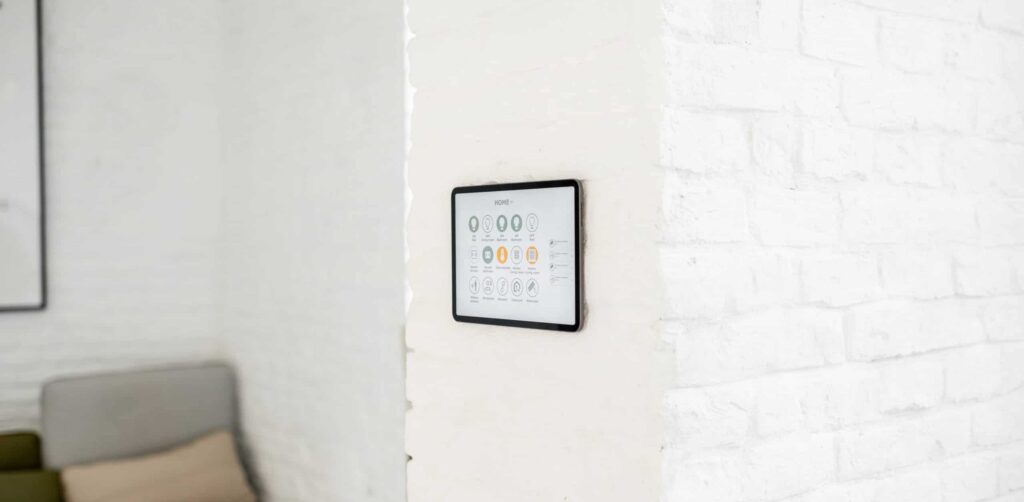
11. Augmented Reality (AR) / Virtual Reality (VR) to further evolve
Over the past few years, we’ve seen VR technology evolve but primarily in the gaming market. In 2021 we can expect to see a rise in use cases for VR such as remote learning in educational systems and remote shopping, both ideas which have gained popularity due to COVID-19.
Imagine if you could use your avatar to walk around a VR shop and look at items from any perspective you want instead of being limited to the images available on their websites. 2021 might also be the start of the AR era which has an exceptional number of uses cases but has been limited so far by the hardware requirements.
The ability to scan a space and overlay holographic objects, signs or text is particularly attractive for design, engineering, automotive and architecture. For example, instead of following an IKEA or jet engine manual, you would be able to see a hologram animation overlaid over the object in front of you; interior designers could scan a room and instantly rearrange furniture and decoration to see what it would look like.
In addition, Apple’s new iPhone 12 comes kitted with a LiDAR sensor and they say the iPhone 12 Pro has all the hardware requirements for AR support. Also, Samsung and the start-up NReal have announced their progress into commercialising lightweight AR headsets, which will make use of the new 5G networks. We believe before the end of 2021 we’ll see more buzz in AR marketing and a rush for budget/mid-range Android phones to start putting LiDAR on their models.
12. Nature & Outdoor Leisure Apps – and the “IOTree”
The global lockdown has left many pining for the freedom of the outdoors; and technology to enhance our experience of nature could well become a dominant industry trend in 2021. Look out for a proliferation of outdoors-related gadgets for camping, hiking or enjoying nature (such as apps to detect what nature is around, trackers for everything, and techy versions of camping equipment like stoves, headlamps etc.)
Wearables in particular for the outdoors we anticipate to expand nest year. For example, t-shirts with sensors (equipped with GPS, tracking heart-rate) New apps are being developed which use sensors on your ski boot to collect data on how you ski and analyse your performance and speed and suggest how you could improve.
And with 2020 giving us a greater appreciation for the outdoors, we could even see an increase in “IOTrees” – trees with IOT sensors attached to them to help combat climate change.

13. Retail Tech to herald cashless society
More tech will emerge for contactless payments next year – with the push towards a cashless society greater now than ever. So, expect to see technological advances in making payments easier, quicker and more secure.
14. RISC-V Edges Further Towards the Mainstream
RISC-V ISA, the open standard instruction set architecture (ISA) based on established reduced instruction set computer (RISC) principles, is likely to continue its march to the mainstream during 2021. We’ve seen the push to develop RISC-V ISA hardware gather pace in recent years. Though there are still some question marks of the maturity of the RISC-V ecosystem, we could experience an even greater acceleration towards RISC-V ISA in 2021 – particularly if ARM is bought out by NVIDIA.
What are your predictions for the electronics industry in 2021?
Do your predictions line up with ours? We would love to hear your insights and ideas about the exciting year ahead, so get in touch and let us know!

